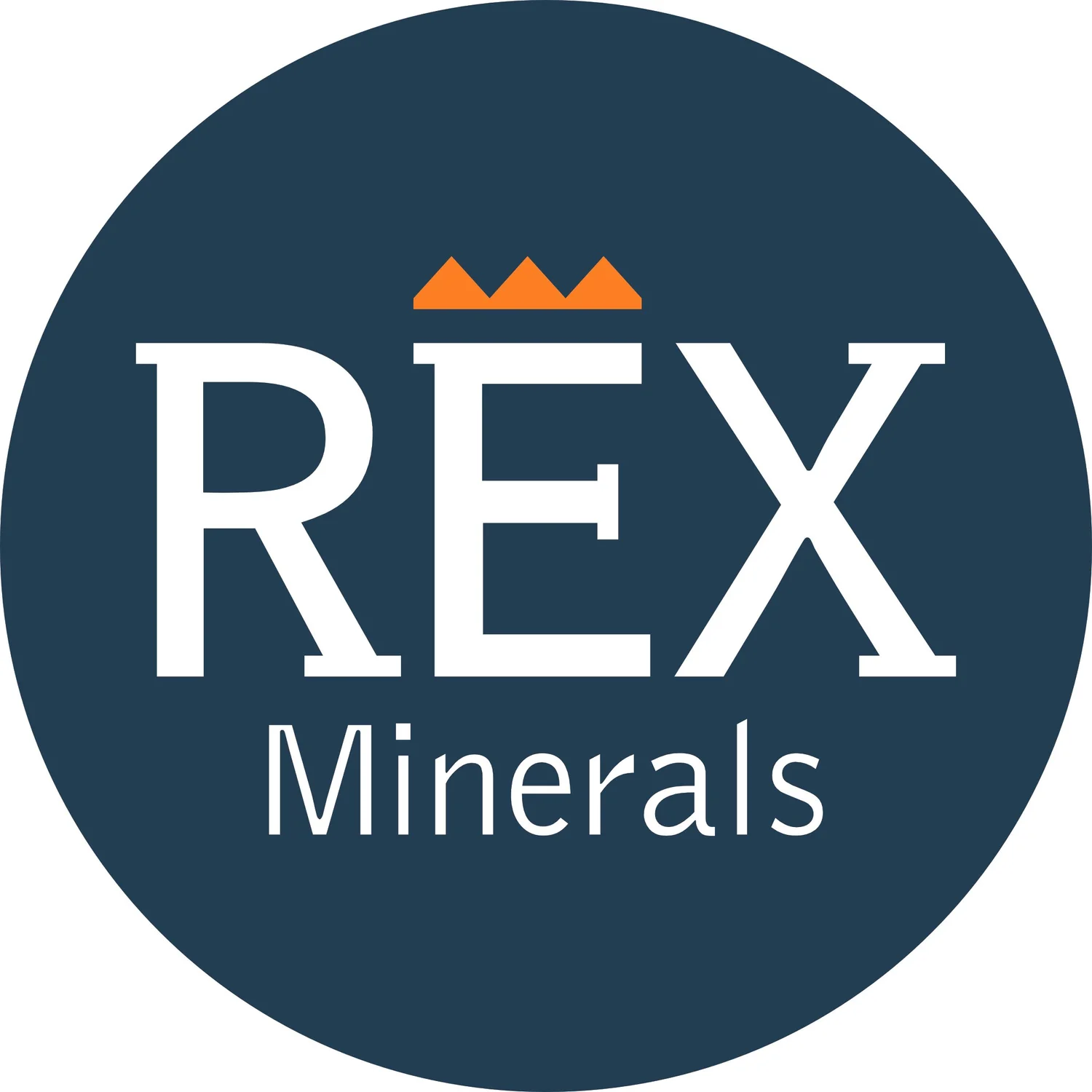
Geological Overview
Geology and Gold Deposit Types
Geological Environment
The geological environment that has led to the creation of the gold mineralisation at Hog Ranch has long been recognised as an epithermal style of gold deposit which formed close to the surface, similar to a modern day hot spring setting. There are also numerous similar epithermal gold deposits close to Hog Ranch which have all been dated and interpreted to have formed at the same time.
This series of epithermal gold deposits are also interpreted to be directly related to the Yellowstone hot spot, which was much closer to these gold deposits at the time of their formation (15 to 16 million years ago) than its current day location in Wyoming. Some well-known and commercially successful gold mines that are of this same generation and style of gold mineralisation include the Sleeper gold deposit and the Midas gold deposit in Nevada.
Host Rocks
The dominant host rocks at Hog Ranch are a series of relatively flat lying (or gently dipping to the west) volcanic rocks which can be broadly separated into two main rock types. Each of these rock types have specific properties which are important for the dispersion of the low-grade gold mineralisation and are defined as follows:
Welded (often flow banded) rhyolite flow, which is the more competent and less permeable rock type;
Unwelded volcanic tuffs, which are very soft and more permeable making them more amenable for fluid flow in comparison with the surrounding and more dominantly welded rhyolitic rocks.
A number of regional structures have been identified at Krista which exist in both a north-easterly and north-westerly direction. These structures appear to cut through the host rock stratigraphy and have had a significant influence on the location of the gold mineralisation.
Alteration and Mineralisation
Within the historical open pits, it was noted that the alteration and gold mineralisation was more favourably emplaced along the more permeable unwelded volcanic tuffs. The unwelded volcanic tuff units, where present close to the historical surface, have created a favourable environment for the formation of an extensive shallow “blanket” of bedding parallel gold mineralisation.
The hydrothermal fluids that have resulted in both the alteration and gold mineralisation, are interpreted to have been linked to a deep-seated source via a series of faults which acted as the plumbing system required to bring the mineralising fluids up to the palaeosurface.
The combination of the structures which carried the gold bearing fluids to the surface, and the disseminated gold that has formed from these fluids near the surface, identifies two distinctly separate styles of gold mineralisation based on the current level of understanding:
Extensive shallow and low-grade gold mineralisation within 100m of the paleo water-table, which has favourably extended along the more porous unwelded volcanic tuff units; and
Higher grade quartz-adularia vein hosted gold mineralisation within feeder structures underneath the large blanket of disseminated gold mineralisation.This target type would have most likely developed at over 200m beneath the current day surface at a position known as the boiling zone and which is analogous to the high-grade vein hosted gold mineralisation seen at the Sleeper and Midas epithermal gold deposits located in Nevada.
